With the planting season started, many people are thinking about using Gramoxone (paraquat) as a burndown for many weeds present at planting. Gramoxone is a very good broad-spectrum herbicide that has been the go to for burndown of many winter and summer annual broadleaf weeds. With Palmer amaranth starting to emerge, Gramoxone is the only sure thing that will control it. However, it is less consistent controlling some weeds like horseweed (marestail). Continue reading
Category Archives: Weeds
Early Burndown Results
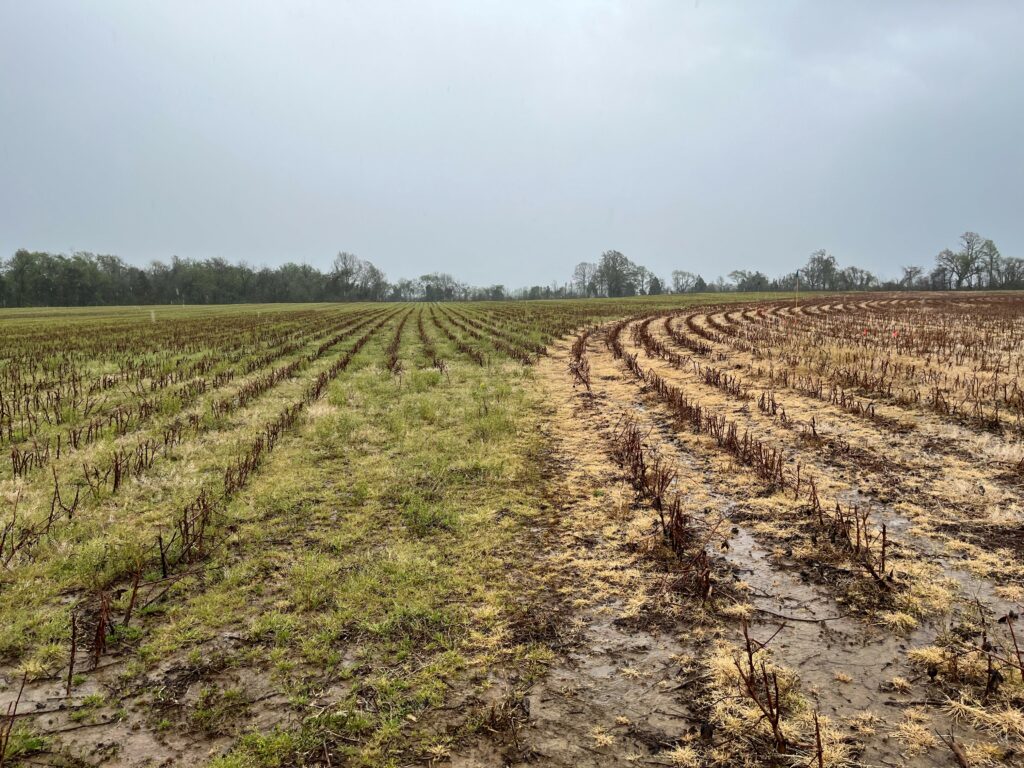
We have had the opportunity to observe field and demo burndowns around West Tennessee. In general, going back “old school” and applying glyphosate alone provided very effective burndown. This includes applications made back in mid-March when night time temperatures were below freezing (Picture 1). Continue reading
Importance of Using Effective Residual Herbicides in Soybean and Cotton
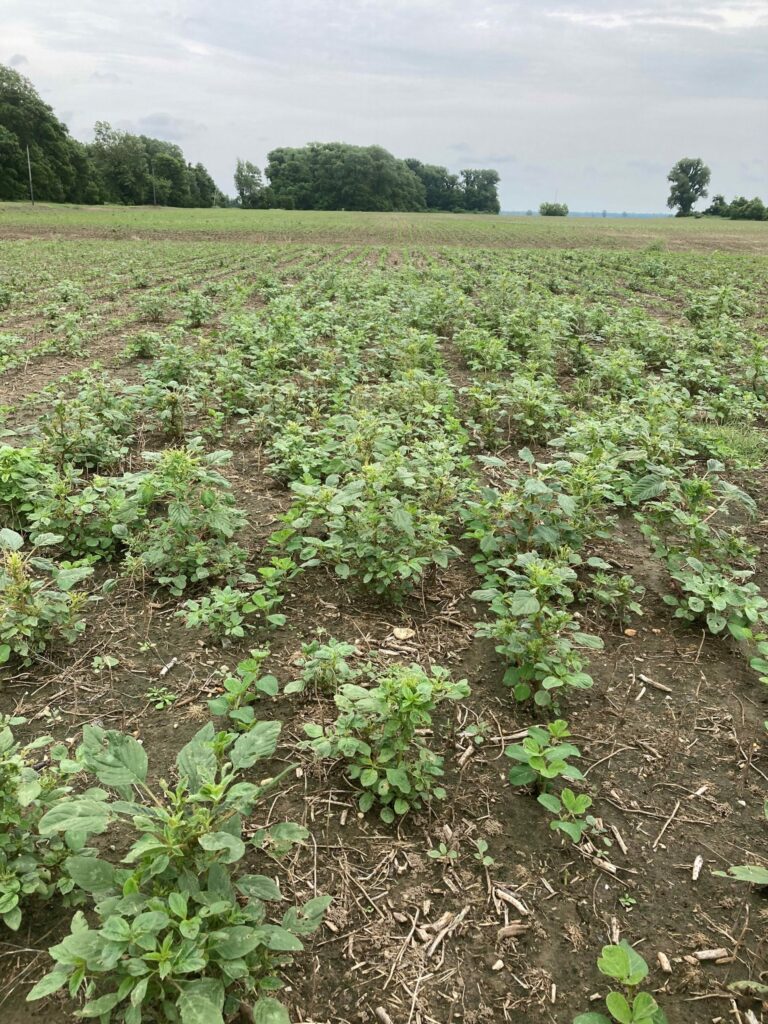
Increase in input costs and lower relative commodity prices compared to last year may tempt some to forgo using a PRE this spring. Since glyphosate and dicamba have actually gone down in price, it may be tempting to try this combination near planting, then hope that dicamba will provide enough residual weed control to hold until those herbicides can be applied again early POST. Continue reading
Corn Weed Management Options
There are three newer corn herbicide premixes available: Acuron GT, Armezon PRO and Resicore. Below are some thoughts on these newer premixes as well as some that have been around for a spell: Continue reading
ID and Burndown Options for Wild Garlic, Grape Hyacinch and Star-of-Bethlehem.
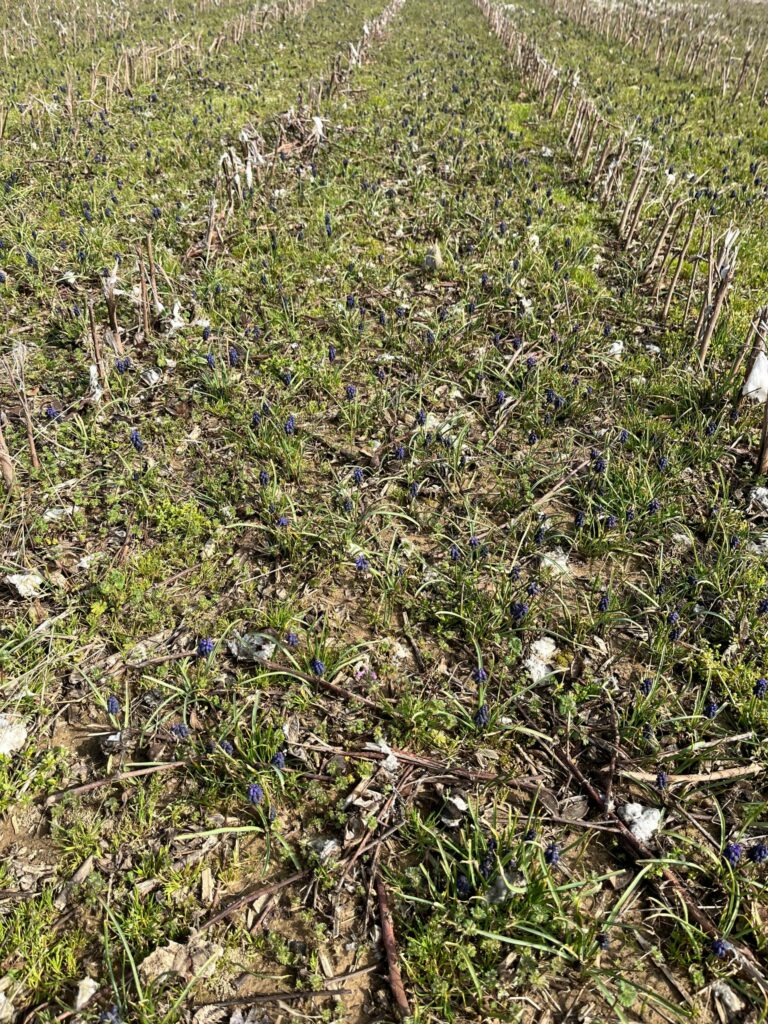
This spring some fields seem to be infested more heavily with wild garlic, grape hyacinth and in a few cases, star-of-Bethlehem. These three weeds, in the Lily family, are often mistaken for each other as they all derive from bulbs and are low-growing perennials. Continue reading
PRE and POST Options for Prickly Sida (Tea Weed) Control in Soybean
Prickly sida or tea weed has increasingly become more of an issue in soybeans. There are two reasons for this. First, the Group 15 herbicides (Dual Mag, Warrant, Zidua) are the most common PRE-applied herbicides utilized. Though that group of herbicides provides good residual control of pigweed and grasses, it provides no help on sida. Second, is that glyphosate nor dicamba has ever been very effective on this weed. The only POST option that can give some control is Liberty. However, even Liberty is limited to controlling only very small (<3”) prickly sida. Continue reading
It is “Burndown Time in Tennessee.”
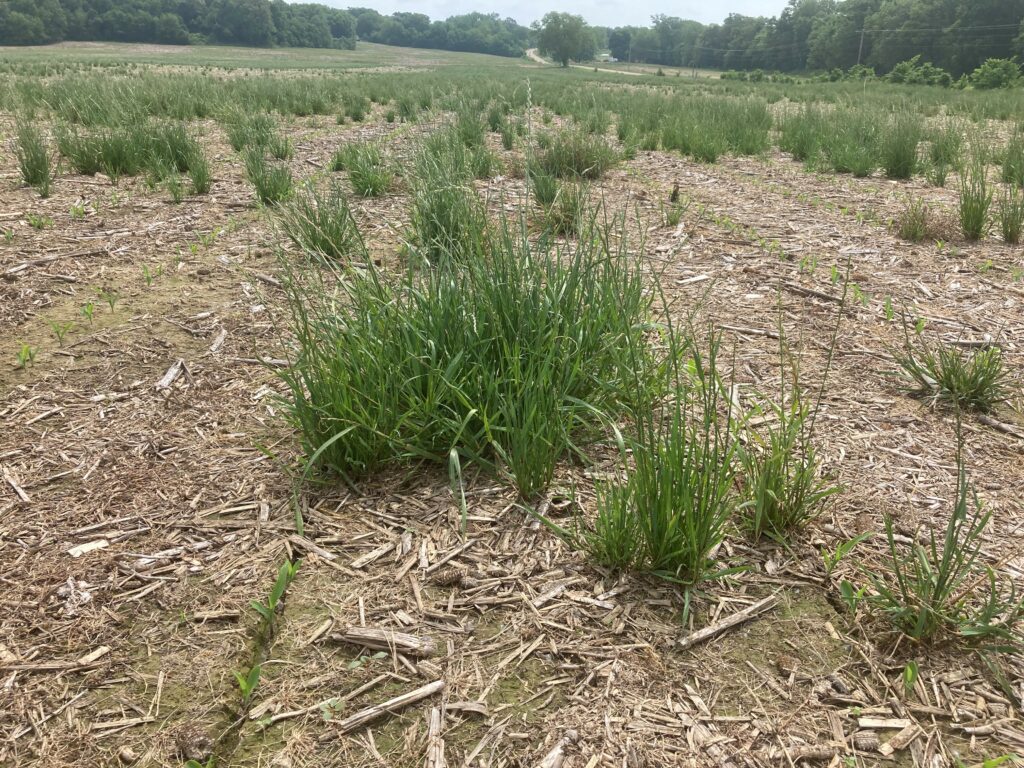
The combination of some lingering supply chain issues, most notably Sharpen and Verdict are in tight supply, with the ever-increasing presence of herbicide resistant weeds has made burndown time more of a challenge. On a positive note, glyphosate is in great supply and down in price about 40% compared to last year. Continue reading
Metribuzin Injury in Wheat
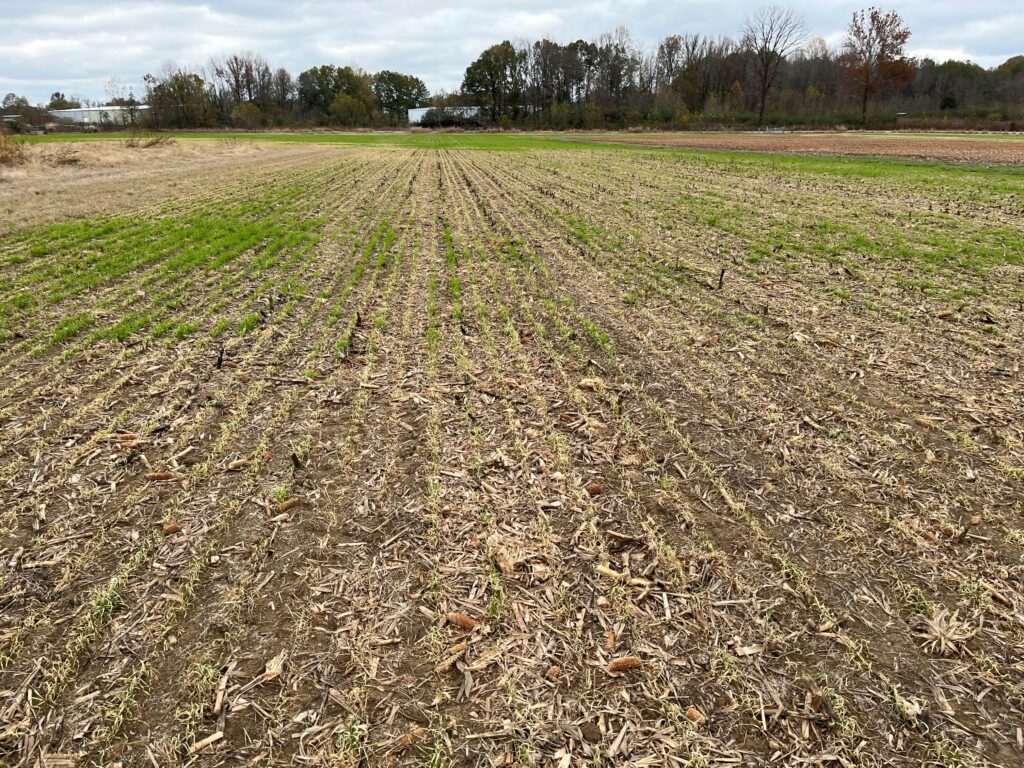
We have gotten several reports of wheat showing metribuzin injury this week. In some cases it clearly was caused by metribuzin (Picture 1). In other cases, the visual injury would suggest frost damage (Picture 2). Continue reading

